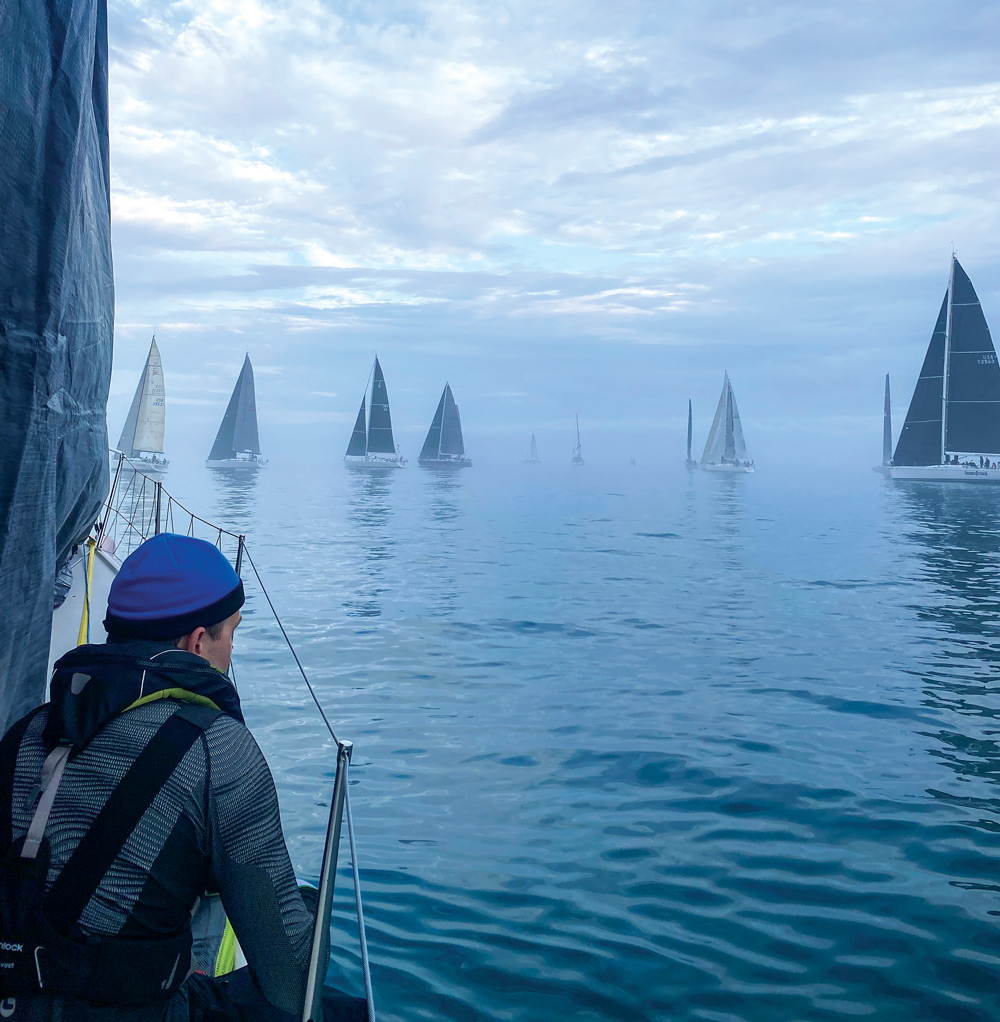Sailing in light air
Sailing well when the wind drops can be challenging but rewarding
A big part of sailing is adapting to the conditions you’re in. Making the boat sail efficiently in whatever situation Mother Nature dishes up is part practice and part know-how, but brings with it a satisfaction that is at the heart of the challenge and joy of sailing.
Light air can be frustrating but learning how to make the most of it is not only rewarding, but it will spare you from the drone of firing up the engine every time the wind gets light.
It’s not uncommon to sail into less wind, so the first thing to avoid is complacency. Don’t be satisfied with the current setup just because you’re settled into a comfortable spot in the cockpit. As soon as you notice that there’s been a drop in the wind speed, every part of the sailplan should be evaluated.
Obviously the main should be at full hoist, so shake a reef if one is in. Do you need to set a different headsail? This could be a larger genoa, flatter spinnaker or gennaker, or perhaps even a windseeker if the velocity is very low and there’s one in the sail inventory.
With the sails sorted, ease everything. Easing off the backstay will offer more headstay sag and create more draft in the headsail and mainsail. Ease the mainsail cunningham and if that doesn’t create a few wrinkles in the halyard tension, then drop the halyard a couple inches. The same goes for the genoa halyard. Also ease the main outhaul a bit.

If you’re sailing downwind, the first thing you’ll want to do is steer up a bit higher. If a spinnaker is set, aim to keep it full by sailing a bit higher, building a bit of apparent wind, and then slowly ease the boat a bit lower closer to the course. This is a process that will have to be repeated as zephyrs come and go, but there are big gains to be made by building speed where possible, and sailing deep is sure to be a speed killer.
With the sail trim dialed in, many of the performance advantages that can be found in light air fall to the helmsman.
Upwind, you won’t be able to steer as high in light air as you can in more favorable breezes, nor should you attempt to. Light air performance is often about momentum; keeping the boat moving is easier than trying to get it going again when it stops and the stern starts slapping.
It’s slow to drag the rudder through the water sideways, so the helm should be adjusted slowly and in small increments. As momentum builds, the helmsman will have more latitude, but a soft touch is called for.
The same advice applies to everything on the boat: keep movements, from walking around to trimming, slow and subtle when possible.
There’s a stillness that comes in light air: voices drop, winches are turned more slowly, everything gets a little quieter as the sound of water passing the hull offers an check on how well the boat is performing.
Moving some weight around the boat will also aid performance. Cruisers are unlikely to send the crew to the leeward rail as you would in a race, but if a person is going to sit somewhere, any weight to leeward will help. On a long passage moving gear such as sails or gear bags to the low side might be worth the effort as well. Any amount of heeling will help reduce the amount of hull in the water.
Sailing in light air requires patience and practice, but can be remarkably rewarding, not to mention peaceful, when the sound of the water past the hull replaces the hum of the engine.

Comments